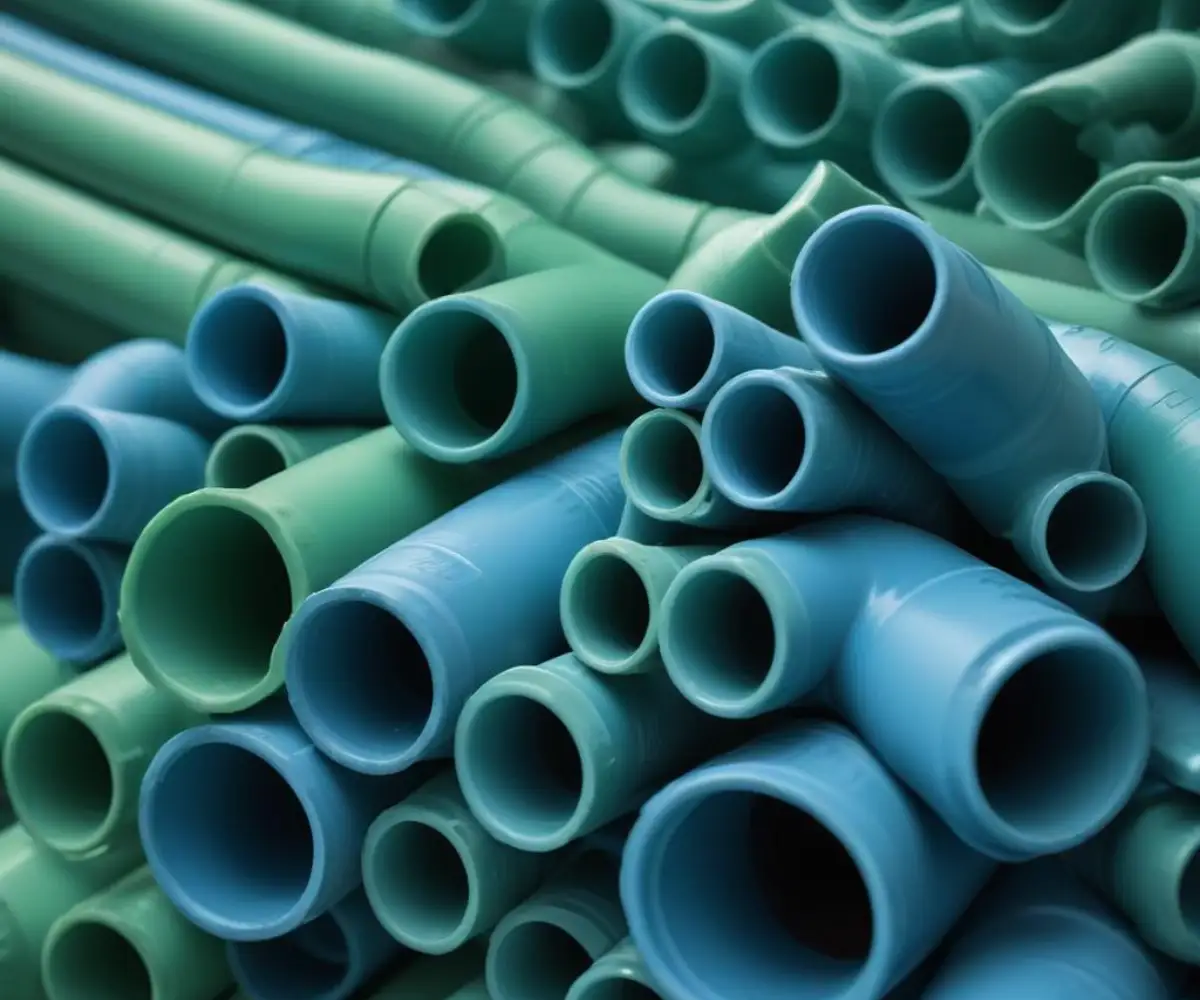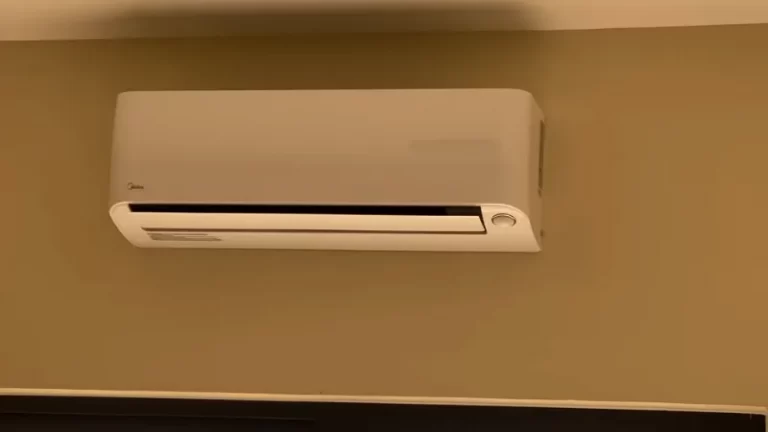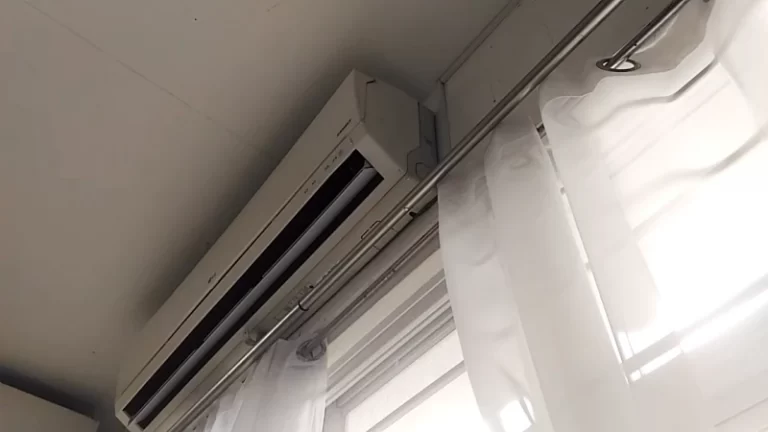Aquatherm HVAC Cost: The Ultimate Pricing Guide
Figuring out the true cost of an HVAC system can be frustrating. When considering modern solutions like Aquatherm, the ambiguity surrounding the final price tag often becomes a major roadblock for property owners and facility managers alike.
This uncertainty stems from a complex interplay of factors, making a simple, upfront answer elusive. The shift from traditional metal piping to advanced polypropylene systems introduces new variables that many are unfamiliar with, leading to confusion and hesitation.
You'll Learn About
Why Is Pinpointing Aquatherm HVAC Costs So Difficult?
The primary challenge in determining Aquatherm HVAC costs lies in the system’s customized nature. Unlike off-the-shelf solutions, an Aquatherm installation is tailored to the specific demands of a building, meaning no two projects are identical. This specialization, while ensuring optimal performance, complicates broad cost generalizations.
Furthermore, the overall expense is not just about the pipes themselves. It encompasses a wide range of variables, from the complexity of the design to the specific expertise required for installation, each contributing significantly to the final project budget.
The Core Components of Aquatherm Pricing
To truly understand the investment, one must look beyond the price per foot of pipe. The total Aquatherm HVAC cost is a sum of materials, specialized labor, system design, and long-term operational value. Each of these elements plays a crucial role in the overall financial picture.
Key cost drivers include the sheer amount and diameter of the polypropylene-random (PP-R) piping, the number and type of fittings, and the specific requirements of the project, such as operating temperatures and pressures. The unique heat fusion welding process, while creating durable, leak-free joints, requires certified technicians and specialized equipment, impacting labor costs. This is different from traditional soldering or threading, adding another layer to the cost analysis. A seemingly minor detail, like needing to secure materials properly, can have unforeseen consequences; understanding details like how much weight a 3-inch nail can hold illustrates how even small components are critical to structural integrity.

Beyond Upfront Price: The Total Cost of Ownership
A critical mistake is focusing solely on the initial installation quote. The real value of an Aquatherm system emerges when considering its Total Cost of Ownership (TCO). This holistic view accounts for long-term savings that offset the initial investment.
Aquatherm’s PP-R material is inherently corrosion-free, eliminating the rust and scaling issues that plague metal pipes. This translates to significantly lower maintenance requirements, reduced need for chemical water treatments, and a much longer system lifespan. Additionally, the material’s natural insulating properties can reduce energy loss, leading to lower utility bills over the life of the system.
A Detailed Breakdown of Aquatherm HVAC System Costs
To budget effectively for an Aquatherm HVAC project, it’s essential to break down the costs into their primary components: materials, labor, and equipment. Each category has its own set of variables that will influence the final price.
Understanding these individual cost centers allows for a more accurate and transparent planning process. It helps in comparing quotes and recognizing where the bulk of the investment lies.
Material Costs: More Than Just Pipes
The cost of Aquatherm pipes can vary significantly based on diameter and pressure rating (SDR). For example, smaller diameter pipes for a residential radiant heat system will be considerably less expensive than large-diameter pipes required for a commercial chiller system. A 2025 price list shows that smaller pipes might be a few dollars per foot, while large 12-inch or 14-inch pipes can cost over $180 to $260 per foot.
Fittings, valves, and transition pieces also contribute to the material budget. The complexity of the system design will dictate the quantity and variety of these components, directly impacting the total material expenditure.
Labor and Installation: The Value of Expertise
Labor is a significant portion of the total cost, and for good reason. Installing Aquatherm systems requires technicians certified in heat fusion welding. This specialized process creates seamless, permanent bonds that are stronger than the pipe itself, ensuring a leak-proof system. While these certified installers may have higher hourly rates than general plumbers, their efficiency and the reliability of their work prevent costly future repairs.
The speed of heat fusion can also lead to labor savings on large projects compared to welding steel or soldering copper. In some case studies, contractors have reported material and labor savings of up to 70% compared to traditional black iron pipe installations. The upfront cost for specialized welding tools can be a factor for contractors, but this is often offset by reduced installation time on the job site.
Comparing Piping Materials: A Cost and Feature Analysis
Choosing the right piping material is a critical decision in any HVAC project. The table below provides a comparative analysis of Aquatherm (PP-R) against traditional materials like copper and steel, focusing on factors beyond the initial price.
| Feature | Aquatherm (PP-R) | Copper | Steel |
|---|---|---|---|
| Initial Material Cost | Moderate to High | High (Volatile Pricing) | Low to Moderate |
| Installation Labor | Moderate (Requires certified technicians but can be faster) | High (Requires skilled soldering/brazing) | High (Requires welding/threading, heavy lifting) |
| Corrosion Resistance | Excellent (Immune to rust and scaling) | Good (Can be prone to pitting and corrosion) | Poor (Highly susceptible to rust and scaling) |
| Lifespan | 50+ years | 50+ years (under ideal conditions) | 20-50 years (depending on corrosion) |
| Maintenance | Very Low | Low to Moderate (Potential for leak repairs) | High (Requires chemical treatments, risk of leaks) |
| Insulation Needs | Low (Natural insulating properties) | High | High |
Achieving a Cost-Effective Aquatherm Installation
While Aquatherm systems represent a significant investment, there are strategic approaches to manage costs without compromising on the quality or long-term benefits. Proper planning and informed decision-making are key to maximizing value.
From system design to selecting the right contractor, every step offers opportunities for optimization. This ensures the final installation is both efficient and economically sound.
Smart Design and Planning
An efficient system design is the foundation of a cost-effective installation. This involves optimizing pipe routes to minimize length and reduce the number of complex fittings. Early collaboration between architects, engineers, and certified Aquatherm installers can identify potential savings and prevent costly changes during construction.
Furthermore, right-sizing the system is crucial. Oversized pipes and equipment not only increase material costs but also lead to inefficient operation and higher energy consumption. A thorough analysis of the building’s heating and cooling loads will ensure every component is appropriately sized for peak performance and efficiency. For any project, ensuring the building’s structure is sound is paramount; issues like a broken truss in the attic must be addressed before new systems are installed.
Choosing the Right Installation Partner
The importance of selecting a qualified and experienced installer cannot be overstated. While it may be tempting to opt for a lower bid, an inexperienced contractor can lead to significant problems, including improper fusion joints, leaks, and system failure. These issues can result in costly repairs and potential property damage that far exceed any initial savings.
Always verify that the installation team is factory-certified by Aquatherm. Request references for similar projects and ensure they have a solid understanding of the material’s specific requirements, such as proper clamping and support spacing. A reputable partner will not only provide a quality installation but also offer valuable insights into optimizing the system for your specific needs.
Long-Term Value: The Hidden Savings of Aquatherm
The true financial benefit of an Aquatherm HVAC system is realized over its entire operational life. Its inherent durability and efficiency generate savings that often go unnoticed when looking at upfront costs alone.
These long-term advantages in energy consumption, maintenance, and system longevity are what make polypropylene piping a forward-thinking investment in building infrastructure.
Energy Efficiency and Environmental Impact
The smooth interior surface of Aquatherm pipes resists scaling and buildup, ensuring that the system’s flow rate remains consistent over decades. This prevents the gradual increase in pumping energy required by metal pipes as they corrode and clog. Paired with its natural thermal insulating properties, the system operates with greater energy efficiency, reducing operational costs and lowering the building’s carbon footprint.
Aquatherm pipes are also fully recyclable and manufactured with a lower environmental impact than metal alternatives. For projects seeking LEED certification or aiming to meet green building standards, choosing a sustainable piping system like Aquatherm can contribute valuable points and reinforce a commitment to environmental responsibility.
Durability and Reduced Maintenance
An Aquatherm system is built to last. The heat-fused joints are permanent and leak-proof, and the PP-R material is impervious to the corrosion that degrades metal systems. This eliminates the need for the costly and disruptive repairs that often accompany aging steel or copper pipes.
This reliability means fewer service calls, no need for ongoing chemical treatments to manage corrosion, and peace of mind for building owners. The system’s longevity ensures that it will not need a costly replacement for many decades, making the initial investment a predictable and sound financial decision. It’s interesting to consider how terminology evolves in different industries; for instance, the term “car decking” in construction has a specific meaning unrelated to vehicles, which you can learn more about by exploring why it is called car decking.


